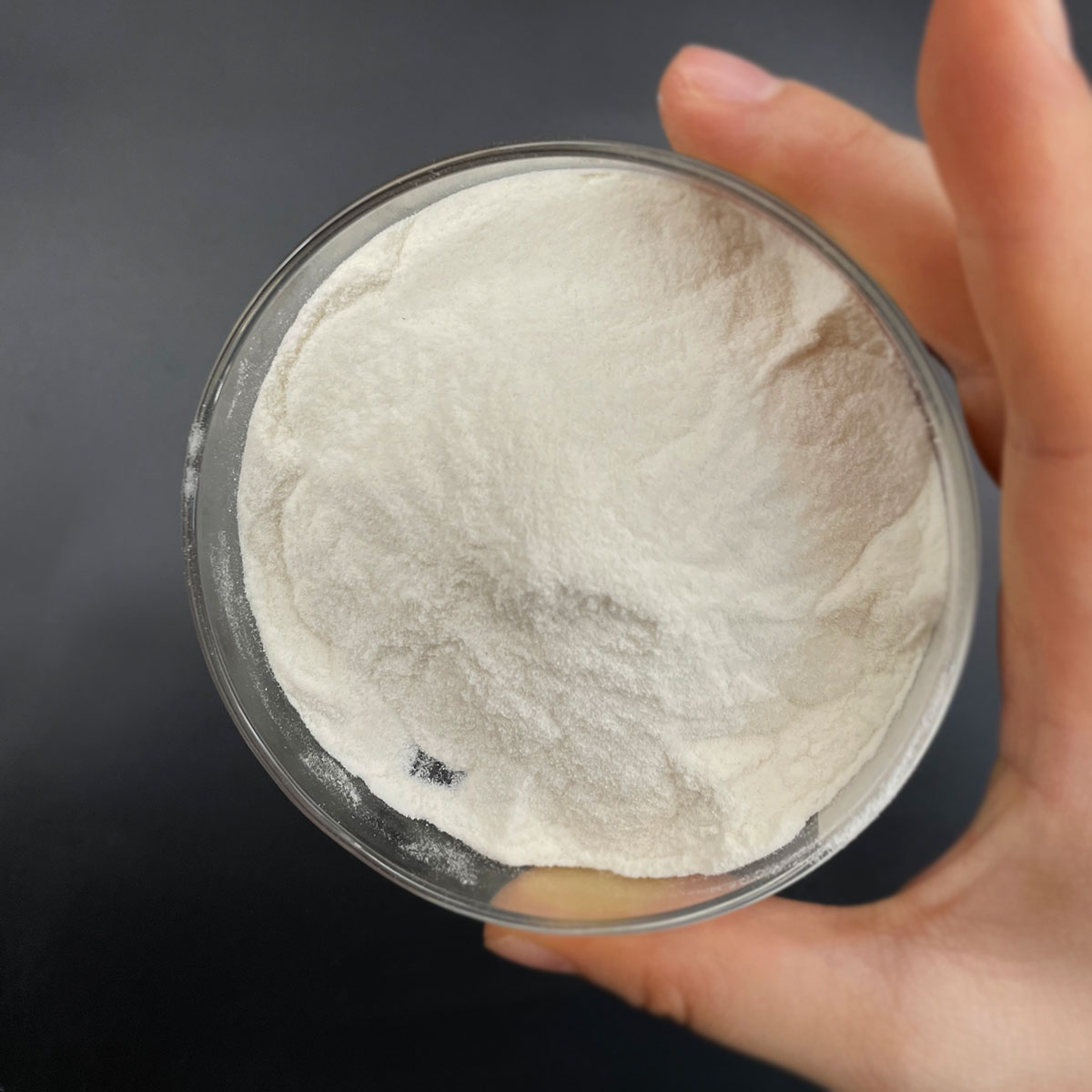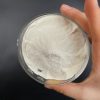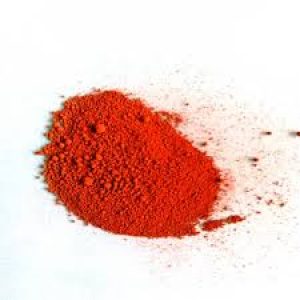Overview of Cocamidopropyl Betaine (CAPB) as Amphoteric Surfactant for Cosmetics or Personal Care Products
Amphoteric surfactants are a unique class of surface-active agents that possess both cationic and anionic properties, depending on the pH of the system they are in. They contain both a positively charged group (like a quaternary ammonium salt) and a negatively charged group (such as a carboxylate or sulfonate), which can ionize depending on the surrounding conditions. This dual nature grants them exceptional versatility, making them effective in a wide range of pH environments and compatible with other surfactant types. They are known for their mildness and excellent dermatological compatibility, rendering them particularly suitable for personal care applications.
Features of Cocamidopropyl Betaine (CAPB) as Amphoteric Surfactant for Cosmetics or Personal Care Products
-
pH Responsiveness: Their charge varies with pH, becoming cationic in acidic conditions and anionic in alkaline, with a zwitterionic (neutral) state at the isoelectric point.
-
Mildness: Known for being gentle on skin and eyes, making them ideal for sensitive applications like baby care and personal hygiene products.
-
Foaming Properties: Can generate rich, stable foam even in hard water conditions, enhancing their use in cleaning products.
-
Emulsification: Efficient emulsifiers capable of forming both oil-in-water (O/W) and water-in-oil (W/O) emulsions, depending on the formulation and pH.
-
Compatibility: Because they have both anionic and cationic properties, they are compatible with other types of surfactants and can work synergistically to enhance cleaning effects.
-
Biodegradability: Many amphoteric surfactants are readily biodegradable, contributing to their environmentally friendly profile.
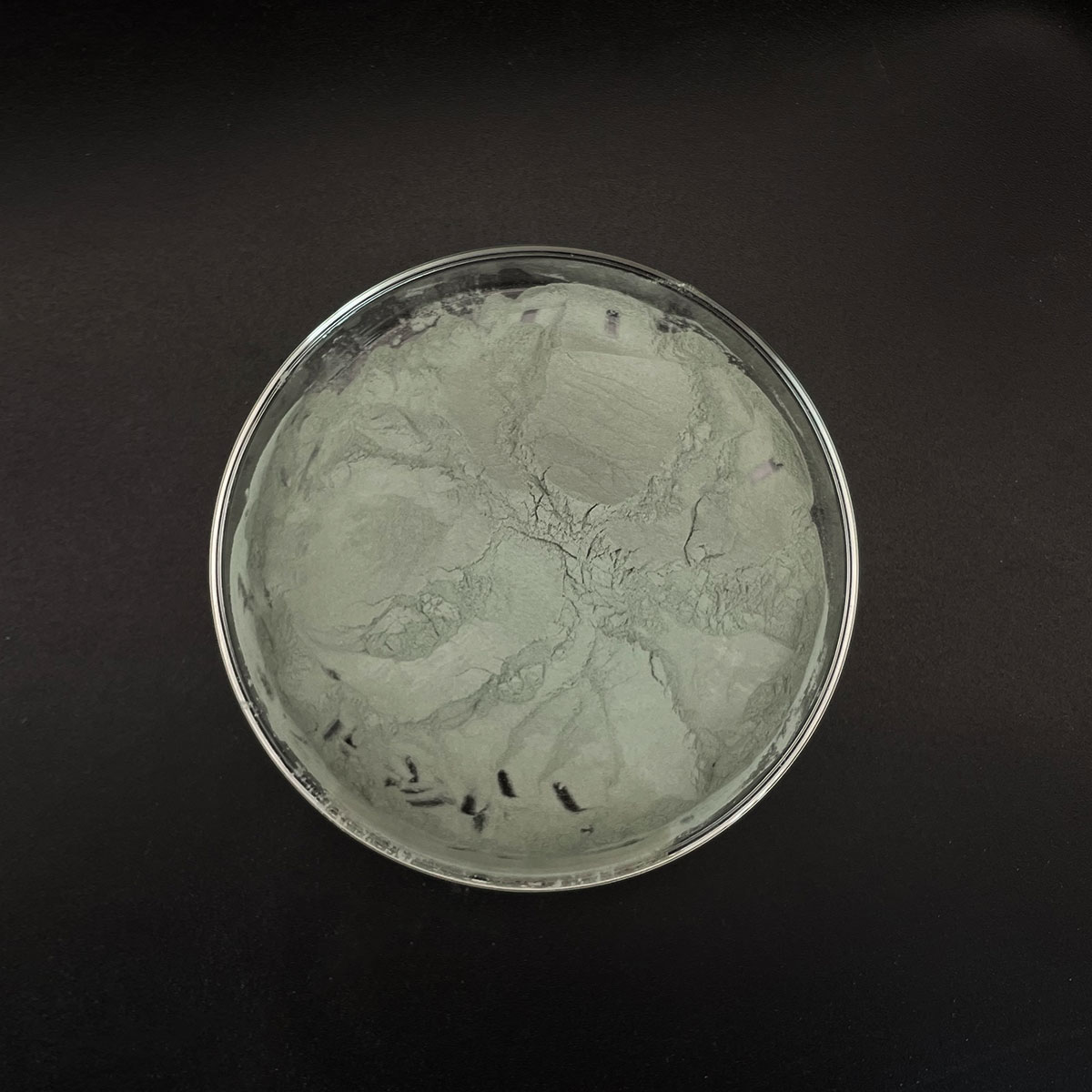
(Cocamidopropyl Betaine (CAPB) as Amphoteric Surfactant for Cosmetics or Personal Care Products)
Specification of Cocamidopropyl Betaine (CAPB) as Amphoteric Surfactant for Cosmetics or Personal Care Products
Cocamidopropyl Betaine (CAPB) works as a key amphoteric surfactant in cosmetics and personal treatment items. It comes from coconut oil and dimethylaminopropylamine. This active ingredient equilibriums both favorable and negative charges, making it work well in different pH degrees. Its mildness suits items developed for delicate skin or eyes. CAPB usually shows up in shampoos, body laundries, and facial cleansers.
The product produces an abundant, secure foam. This enhances the individual experience in products like bubble bathrooms or hand soaps. It pairs efficiently with various other surfactants, consisting of anionic types like sodium lauryl sulfate. This combination lowers skin irritability while maintaining cleansing power. CAPB additionally thickens formulas, helping adjust item texture without rough chemicals.
Safety stands out as a significant benefit. CAPB is non-irritating and hypoallergenic when appropriately developed. It rinses off conveniently, leaving no residue on skin or hair. This makes it suitable for products requiring gentle cleaning, such as infant hair shampoos or moisturizing body laundries. The ingredient sustains all-natural solutions, meeting need for eco-friendly choices.
CAPB works as a conditioning representative. It includes gentleness to hair and skin by reducing the effects of fixed charges. This dual function lowers the demand for extra conditioning ingredients. Its compatibility with cationic polymers improves the efficiency of hair care products, providing smoother brushing and reduced frizz.
The production process utilizes plant-based raw materials, lining up with eco-friendly chemistry concepts. CAPB breaks down naturally in the atmosphere, minimizing eco-friendly influence. Producers favor it for its convenience in liquid or gel-based products. It maintains solutions in varying temperatures, ensuring constant quality during storage space.
Regulative bodies worldwide approve CAPB for aesthetic use. It fulfills standards established by organizations like the ECOCERT and COSMOS. This certification attract brands targeting natural or natural markets. The active ingredient’s efficiency in hard water makes it trustworthy for international product. Its ability to lower irritation without giving up performance maintains it popular in rinse-off and leave-on applications.
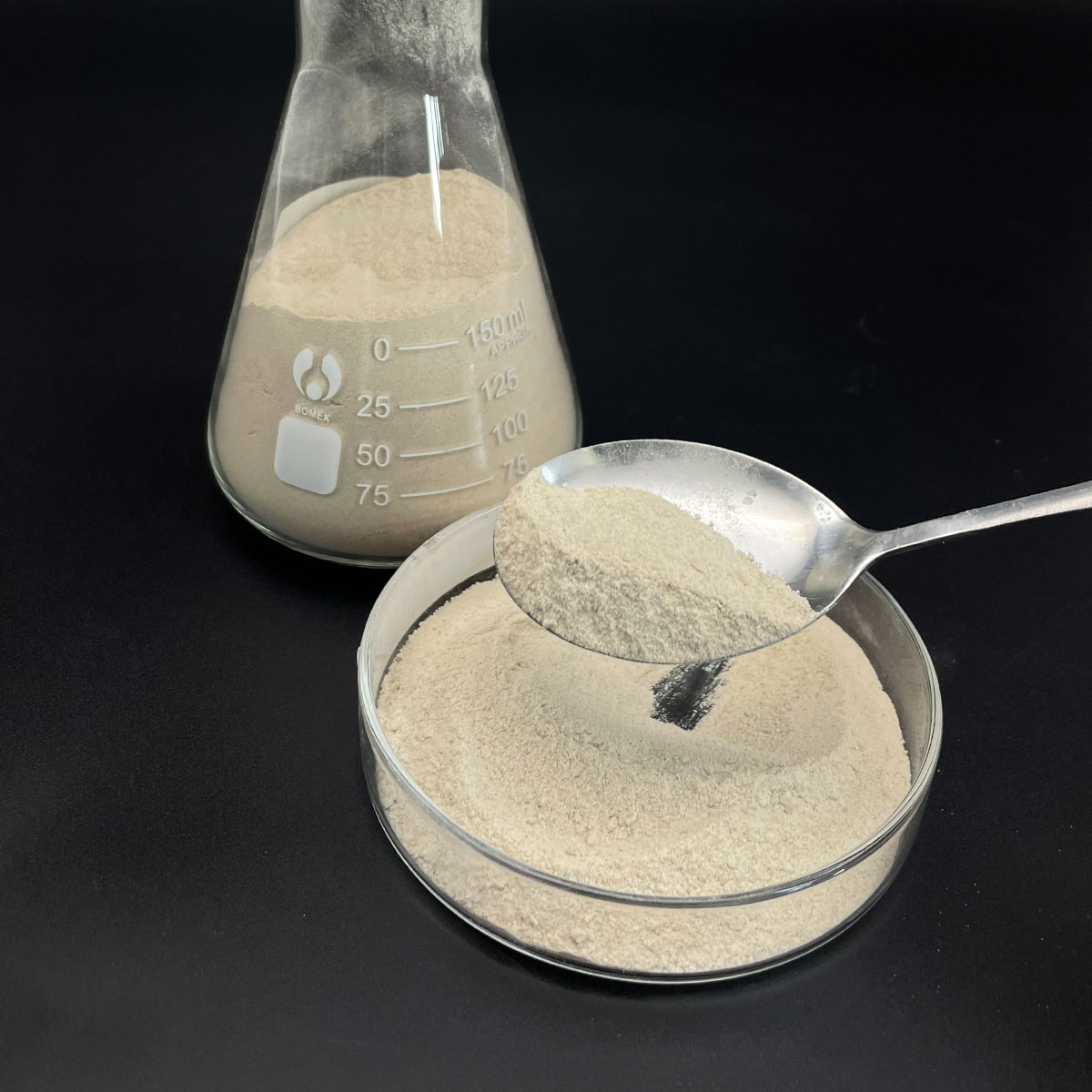
(Cocamidopropyl Betaine (CAPB) as Amphoteric Surfactant for Cosmetics or Personal Care Products)
Applications of Cocamidopropyl Betaine (CAPB) as Amphoteric Surfactant for Cosmetics or Personal Care Products
Cocamidopropyl Betaine (CAPB) is an essential ingredient in many cosmetics and individual care products. It originates from coconut oil. It functions as an amphoteric surfactant. This suggests it can serve as both a moderate cleanser and a lathering agent. Its mild nature makes it ideal for sensitive skin. It mixes well with various other surfactants. This helps reduce irritation in items like hair shampoos or body laundries.
CAPB is usually utilized in shampoos. It develops an abundant soap without removing natural oils from hair. It balances the rough results of more powerful surfactants. This maintains hair soft and workable. It likewise aids thicken solutions. This boosts the structure of items like fluid soaps or shower gels.
Skin care products take advantage of CAPB also. Facial cleansers utilize it to remove dirt and make-up gently. It preserves the skin’s natural moisture barrier. This stops dryness or rigidity after cleaning. Body washes with CAPB clean efficiently without creating inflammation. It is safe for daily usage.
Child items commonly include CAPB. It is mild sufficient for delicate skin. Child shampoos and cleans count on its gentle cleansing power. It prevents creating tears throughout bath time. Products for delicate skin types additionally utilize it. It lessens the risk of allergic reactions.
CAPB works in dental care. Toothpastes and mouth washes utilize it to create foam. It assists disperse ingredients equally. It does not leave a harsh aftertaste. Its compatibility with various other components makes it versatile.
Hair conditioners in some cases add CAPB. It boosts gentleness and minimizes fixed. This makes brushing much easier. It additionally enhances how conditioners spread out with hair.
Hand soaps and sanitizers make use of CAPB. It cleanses without over-drying skin. It supports the antimicrobial effects of sanitizers. This maintains hands tidy and comfortable.
CAPB is eco-friendly. This makes it green. Brands focused on sustainability prefer it. It breaks down safely in the environment.
The component stays steady in different pH levels. This ensures item uniformity. It does well in acidic or alkaline solutions. Manufacturers trust its reliability.
CAPB is extensively accepted in worldwide markets. It meets safety criteria for cosmetics. Its multifunctional duty keeps it preferred. Formulators value its adaptability. It adapts to numerous item requirements.
Company Profile
SurfactantChina is a trusted global chemical material supplier & manufacturer with over 12-year-experience in providing super high-quality surfactant and relative products.
The company has a professional technical department and Quality Supervision Department, a well-equipped laboratory, and equipped with advanced testing equipment and after-sales customer service center.
If you are looking for high-quality surfactant and relative products, please feel free to contact us or click on the needed products to send an inquiry.
Payment Methods
L/C, T/T, Western Union, Paypal, Credit Card etc.
Shipment
It could be shipped by sea, by air, or by reveal ASAP as soon as repayment receipt.
5 FAQs of Cocamidopropyl Betaine (CAPB) as Amphoteric Surfactant for Cosmetics or Personal Care Products
Cocamidopropyl Betaine (CAPB) is a common amphoteric surfactant in cosmetics and personal care products. Here are five FAQs about CAPB:
1. What is CAPB?
CAPB is a surfactant made from coconut oil and dimethylaminopropylamine. It cleans by removing dirt and oil from skin and hair. It works in both acidic and alkaline conditions. This makes it useful in shampoos, body washes, and facial cleansers.
2. Why use CAPB in cosmetics?
CAPB is gentle on skin and eyes. It creates rich foam without stripping natural oils. It thickens formulas to improve texture. It balances other harsh surfactants like sulfates. This reduces irritation in products for sensitive skin.
3. Is CAPB safe?
CAPB is safe for most people when used as directed. It is approved by regulatory bodies like the EU Cosmetics Regulation and the FDA. Some people with very sensitive skin might experience mild irritation. Always patch-test new products.
4. Can CAPB mix with other ingredients?
CAPB works well with most surfactants and additives. It boosts foam in anionic surfactants like sodium lauryl sulfate. It stabilizes formulas with oils or silicones. Avoid mixing it with strong acids or oxidizers unless tested.
5. Is CAPB environmentally friendly?
CAPB breaks down in water and soil. It is less toxic to aquatic life than some synthetic surfactants. Many brands use plant-based CAPB for eco-friendly products. Check if the raw materials are sustainably sourced.
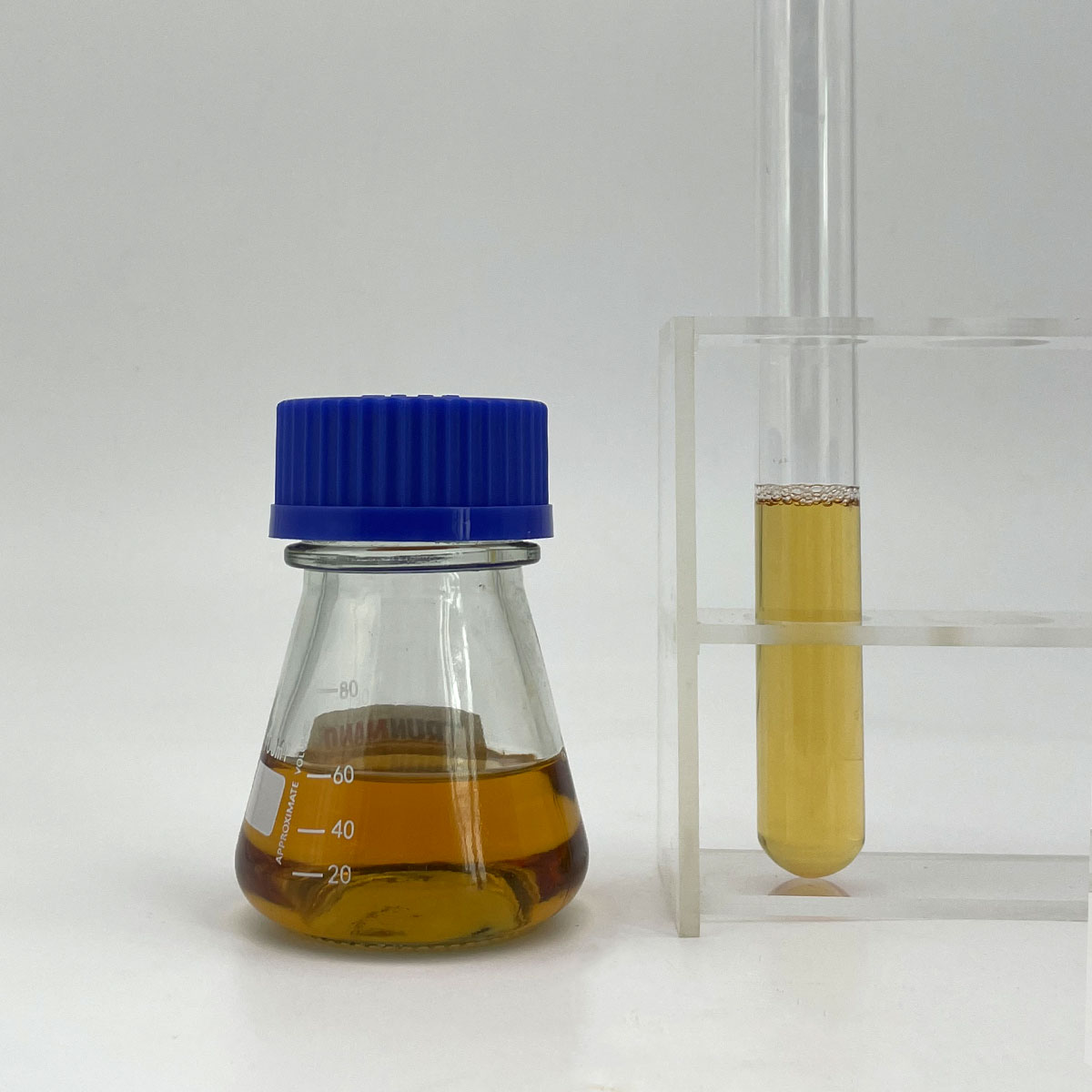
(Cocamidopropyl Betaine (CAPB) as Amphoteric Surfactant for Cosmetics or Personal Care Products)

